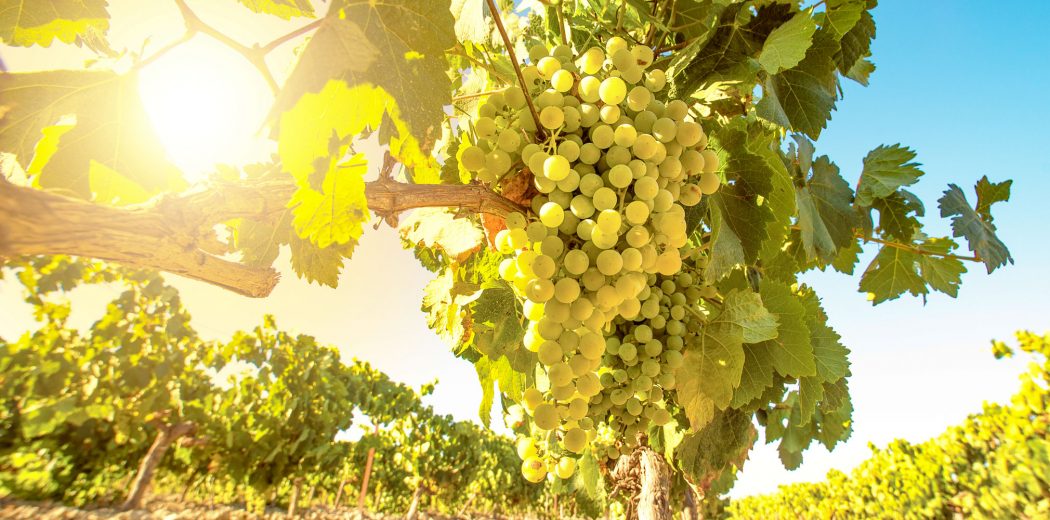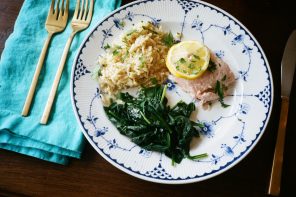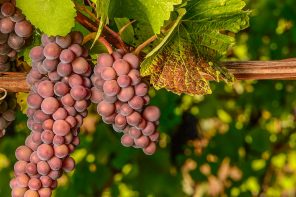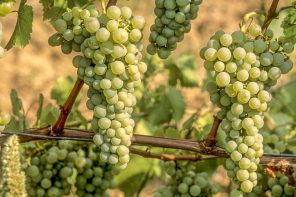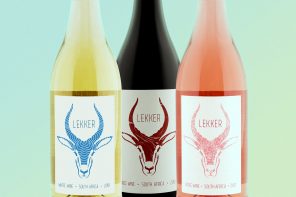What’s as versatile as Chardonnay, high-acid as Sauvignon Blanc, and comes in dry, sweet, and sparkling form? That’s right, we’re talking Chenin. Born in the Loire and raised worldwide, Chenin Blanc is one of viticulture’s most versatile varieties. From dry to sweet, still to sparkling, and an array of notable regions, there’s really not much that Chenin Blanc can’t do.
The earliest records of Chenin Blanc’s existence date back to the 800s, found in Anjou region of the Loire. Over time, the grape migrated down to South Africa via the Dutch East India Company, presently known as ‘Steen.’ Chenin Blanc has also been discovered to be the offspring of the Savagnin grape, as well as a sibling to both Trousseau and Sauvignon Blanc. In the Loire, Chenin is still often referred to as Pineau de la Loire.
Chenin Blanc is deemed one of the most terroir-reflective grapes, thanks to its rather neutral flavor profile. Because of this, winemaker influence, soil characteristics, and climatic conditions are often highly reflected within the final wine. In cooler climates, Chenin Blanc produces fruit-forward wines with lip-puckering acidity; in warmer climates, juicy stone fruit flavors tend to dominate. However, it’s the structured backbone of acidity that allows for Chenin Blanc to make a variety of wines. When harvested early, the fruit’s zippy acidity is perfect for creating bubbles. When late-harvested or infected with noble rot, ample acid allows for the production of balanced dessert wines.
Chenin Blanc is an early ripening variety, with harvest times generally taking place toward the middle-end of any given vintage. Old vines and climate have a huge impact on the grape, with the first giving way to more concentrated, flavored fruit. Soil type is also extremely influential in the final flavor profile of a Chenin-based wine. Sandy soils tend to give way to lighter-bodied wines, while limestone keeps acid high, and silex adds an intensely mineral note to the wine. Fermentation temperatures also have a huge impact on the final wine, as well as the choice of whether to go through with malolactic fermentation and/or aging on the lees.
Common descriptors associated with Chenin Blanc include apple, pear, and minerals with sweeter wines erring on the peachy, honey side of the spectrum. Chenin from the Loire Valley can take on a chalky or flinty note, whereas New World Chenin can give off more tropical fruit aromas. Chenin’s naturally high acidity makes it one of the most age-worthy grape varieties, giving way to bottles that have been known to last for decades. And when it comes to food and wine pairing, Chenin is a solid go-to, making sparkling and/or dry styles a perfect match for lighter salad and fish dishes, and sweeter, and off-dry bottles heavenly with spicy Asian cuisine. Whether sweet, dry, bubbly, or still is your thing, Chenin is for sure the answer.

